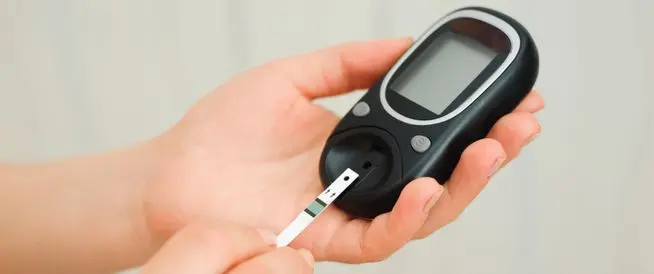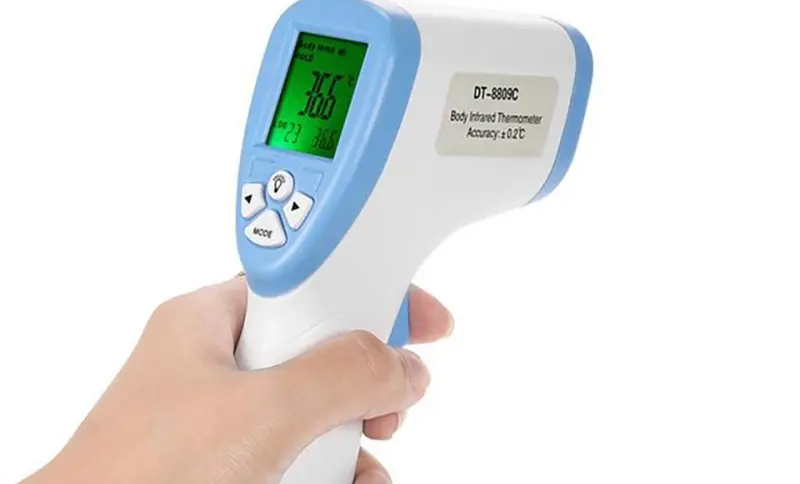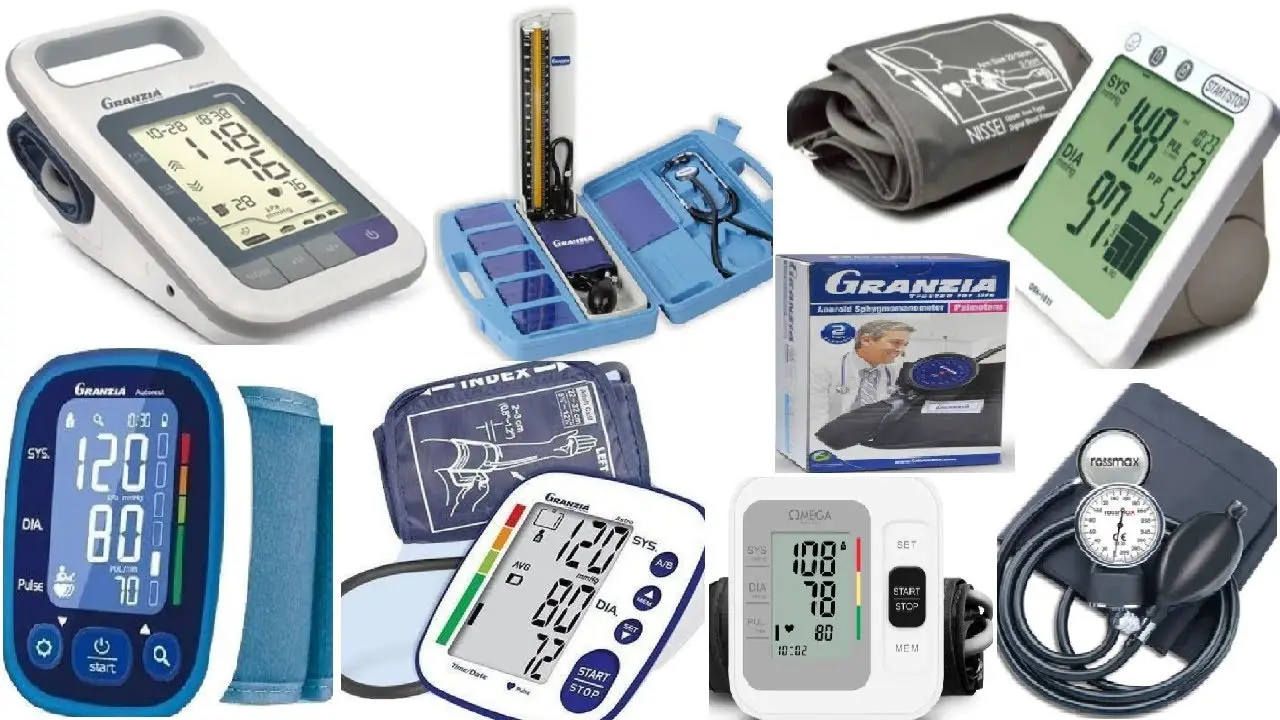Table of Contents
Medical devices for home use have become an essential part of daily healthcare, allowing individuals to monitor vital signs, manage chronic conditions, and detect potential health issues early. They offer convenience and peace of mind, reducing the need for frequent hospital visits.
With a wide range of options available, selecting the right device requires careful consideration. Some models come with smart features for real-time tracking, while others prioritize ease of use and reliability. Understanding these differences helps in making the best choice.
This article highlights the top home medical devices for 2025, compares leading brands, and provides key tips to ensure you choose an effective and affordable device. Keep reading to explore how these tools can support long-term health while benefiting from competitive prices and exclusive offers.
Types of Medical Devices for Home Use
When deciding to invest in medical devices for home use, it’s important to be aware of the types of devices available and your personal needs so you can make the best choice. Each device serves a specific purpose, and its use mainly depends on your health condition or the need you are trying to address. Here, we provide a detailed explanation of the different types of medical devices for home so you can make the right choice.
1- Blood Pressure Monitors
If you or someone in your family suffers from blood pressure issues, a blood pressure monitor will undoubtedly be one of the most essential devices you need at home. These devices allow you to monitor your health easily and accurately without needing to visit a clinic every time.
Advantages:
- Regularly monitor your blood pressure levels.
- Provides accurate measurements that help manage your health.
- Ideal for individuals with chronic blood pressure problems.
Common Types: - Digital Models: Use modern technology to provide accurate measurements with minimal effort.
- Manual Models: Usually cheaper but require skill to use.
2- Blood Sugar Monitors
Blood sugar monitors have become a must-have for diabetic patients. These devices allow you to regularly check your blood sugar levels, helping to prevent health complications. Thanks to modern technology, these devices are easy to use at home.
Advantages:
- Ability to monitor blood sugar levels at any time.
- Helps make informed decisions about diet and treatment.
- Compact and portable, making them easy to store and use anywhere.
Common Types: - Strip-based Monitors: The most common and widely used, requiring a small blood sample for measurement.
- Continuous Glucose Monitors: Provide continuous monitoring of blood sugar levels throughout the day, ideal for people with sudden fluctuations.
3- Breathing Devices (CPAP)
If you suffer from sleep apnea, a CPAP (Continuous Positive Airway Pressure) device is the perfect solution. This device helps pump air into the respiratory tract during sleep to prevent airway obstruction, improving sleep quality and reducing daytime fatigue.
Advantages:
- Improves sleep quality and reduces snoring.
- Prevents apnea during sleep.
- Supports overall health by ensuring better breathing during sleep.
Common Types: - Traditional CPAPs: Provide a constant air pressure throughout the night.
- Auto-CPAPs: Automatically adjust the pressure according to individual breathing needs.

4- Thermometers
Thermometers are important medical devices for home, especially in homes with children or the elderly. These devices are easy to use and provide accurate body temperature readings anytime.
Advantages:
- Provides quick and accurate fever readings.
- Easy to use at home, helping to monitor family members’ health quickly.
- Helps make early health decisions, especially in emergencies.
Common Types: - Digital Thermometers: Offer fast and accurate measurements.
- Infrared Thermometers: Ideal for contactless readings, perfect for young children.
5- Weight Monitors
Monitoring weight is crucial for maintaining a healthy lifestyle. Weight monitors not only measure weight but also provide additional information about body composition, such as muscle and water content.
Advantages:
- Helps track your progress toward health goals.
- Provides comprehensive information on general health, including muscle and water percentages.
- Assists in making dietary and exercise decisions based on readings.
Common Types: - Traditional Devices: Only measure weight.
- Smart Devices: Connect to health apps on your smartphone for detailed information.
Medical Devices for Home Use: Essential for Families in 2025
Taking care of your family’s health at home using medical devices for home use has never been easier. These devices offer comfort and help monitor health without needing to leave home. Here are some of the essential home medical devices you’ll need in 2025.
1- Fluid Suction Devices
Fluid suction devices are often overlooked until they are needed. They are designed to remove mucus, secretions, and debris from the respiratory system, making them essential for individuals with respiratory problems, paralysis, or chronic illnesses that affect the ability to clear natural secretions.
Why Families Need Them:
- Ideal for children and the elderly who suffer from severe congestion or breathing difficulties.
- Assist patients post-surgery who need to regularly remove mucus.
- Used at home for the care of patients with special needs or respiratory diseases.
Common Types: - Portable Suction Devices: Compact and easy to use at home or while traveling.
- Electric Suction Devices: Powerful and suitable for continuous use, especially for chronic conditions.
2- Massage and Relaxation Devices
Massage and relaxation devices have become an integral part of modern life. They aren’t just a luxury but an effective tool for relieving stress, improving circulation, and dealing with chronic pain, making them one of the most important medical devices for home use.
Why Families Need Them:
- Help relieve muscle pain and tension after a long day.
- Useful for the elderly and individuals with joint issues.
- Contribute to better sleep quality and reduce stress.
Common Types: - Portable Massage Devices: Battery or electric-operated, targeting muscle tension in specific areas such as the back, neck, and shoulders.
- Heated Massage Pillows: Provide deep massage with heating to improve blood flow.
- Air Pressure Massage Devices: Ideal for individuals with circulatory issues, especially in the feet and legs.
3- Physical Therapy Devices
With advancements in technology, patients in need of physical therapy can benefit from home therapy devices, making recovery easier without frequent medical visits.
Why Families Need Them:
- Help speed up recovery after injuries or surgeries.
- Ideal for those with bone and joint issues, such as arthritis or osteoporosis.
- Provide a practical solution for the elderly who need mobility exercises and muscle strengthening.
Common Types:
- Electrical Muscle Stimulation Devices (TENS): Used for pain relief and muscle strengthening.
- Home Aerobic Exercise Devices: Help improve balance and physical strength.
- Heating and Compression Devices: Relieve joint and muscle pain.
4- Hearing Aids
As people age, hearing loss can become an issue, making communication difficult. Hearing aids are crucial for enhancing sound clarity and improving the quality of daily life.
Why Families Need Them:
- Help the elderly interact better with family and society.
- Improve quality of life for those with partial or total hearing loss.
- Some modern devices come with AI technology that adjusts to surrounding noise to improve sound quality.
Common Types:
- Digital Hearing Aids: Compact and provide high-quality sound.
- Bone Conduction Hearing Aids: Transmit sound through bones for those with conductive hearing loss.
- Smart Hearing Aids: Connect to smartphones and offer advanced controls via apps.

5- Mother and Child Care Devices
New mothers need continuous support to care for their children safely and comfortably, and mother and child care devices play a vital role in meeting these needs.
Why Families Need Them:
- Provide more comfort for mothers during the postpartum period.
- Ensure a safe and healthy environment for infants.
- Make daily care of newborns easier.
Common Devices:
- Breast Pumps: Help nursing mothers store milk for feeding at any time.
- Baby Monitors: Offer detailed monitoring of babies while they sleep to ensure their safety.
- Bottle Sterilizers: Essential for maintaining cleanliness of the tools babies use daily.
In conclusion, by 2025, medical devices for home use have become an integral part of many people’s lives, offering comfort and peace of mind in managing their health at home. By understanding the different types of devices available and comparing brands, you can select the one that best suits you and your family’s health needs.
















